Stem Cell Therapy For Sickle Cell Disease
Stem cell therapy for sickle cell disease. Stem cells can be found in bone marrow. Stem cells can be found in bone marrow. The stem cell therapy approach to be developed by this Disease Team will be used to treat patients with SCD by transplanting them with their own bone marrow adult hematopoietic stem cells that are genetically corrected by adding a hemoglobin gene that blocks sickling of the red blood cells.
Sickle cell disease SCD is an autosomal recessive disease resulting from a point mutation in the β-globin gene that leads to sickle-shaped red blood cells pain crises and decreased life span. A person with sickle cell disease has bone marrow that produces red. Allogeneic hematopoietic stem cell transplant HSCT can benefit patients with SCD by providing a source for life-long production of normal red blood cells.
They are usually considered only for children younger than 16 who have. However allogeneic HSCT is limited by the availability of well-matched donors and immunological complications especially for the more than 80 of patients who lack an HLA-identical sibling donor. This mutation results in polymerization of hemoglobin Hb under reduced oxygenation conditions causing rigid sickle-shaped RBCs.
Why It Is Done. Footnote 1 Severe sickle cell disease complications including repeat strokes episodes of acute chest syndrome and painful events. Its usually considered only for children younger than 16 who have severe complications from the disease.
The objective of hematopoietic cell transplantation HCT and of replacement gene therapy for sickle cell disease SCD is to replace sickle erythropoiesis or to reduce its clinical impact by the expression of anti-sickling β-globin chains. Studied ex vivo β-globin gene correction in autologous patient-derived hematopoietic stem and progenitor cells HSPCs as a potential cure for SCD. Another form of stem cell transplantation is a peripheral blood stem cell transplant where a donor receives injections of a drug filgrastim or plerixafor for 45 days blood is.
There is no widely available cure for sickle cell disease. Gene therapy by autologous hematopoietic stem cell transplantation HSCT represents a new approach to treat sickle cell disease SCD. Stem cell transplant is a possible cure for sickle cell disease.
This approach though was thought to be too toxic for use in adults. Stem cell transplants offer a potential cure for a childs sickle cell disease.
An available donor someone who has closely matching bone marrow.
An available donor someone who has closely matching bone marrow. Stem cells can be found in bone marrow. Another form of stem cell transplantation is a peripheral blood stem cell transplant where a donor receives injections of a drug filgrastim or plerixafor for 45 days blood is. Experimental therapies using this approach seek to engraft stem cells. Stem cells can be found in bone marrow. Gene therapy by autologous hematopoietic stem cell transplantation HSCT represents a new approach to treat sickle cell disease SCD. Bone marrow is the substance in the center of your bones that produces red blood cells. Commitment to Helping Make Repatha Affordable for All COVID-19 Eosinophilic Esophagitis Inflammation Opioid-Induced Constipation Sickle Cell Disease Strains of. Bone marrow is the substance in the center of your bones that produces red blood cells.
Footnote 1 Severe sickle cell disease complications including repeat strokes episodes of acute chest syndrome and painful events. Sickle cell disease SCD is an autosomal recessive disease resulting from a point mutation in the β-globin gene that leads to sickle-shaped red blood cells pain crises and decreased life span. Stem Cell Treatment Offers Hope for Sickle Cell Anemia Cure The disease was reversed in a Canadian woman using a bone marrow transplant involving stem cells. The stem cell therapy approach to be developed by this Disease Team will be used to treat patients with SCD by transplanting them with their own bone marrow adult hematopoietic stem cells that are genetically corrected by adding a hemoglobin gene that blocks sickling of the red blood cells. Hematopoietic stem cell transplant is a curative option for patients with SCD but the under-representation of minorities on the unrelated donor registry means that this is. However allogeneic HSCT is limited by the availability of well-matched donors and immunological complications especially for the more than 80 of patients who lack an HLA-identical sibling donor. Its usually considered only for children younger than 16 who have severe complications from the disease.
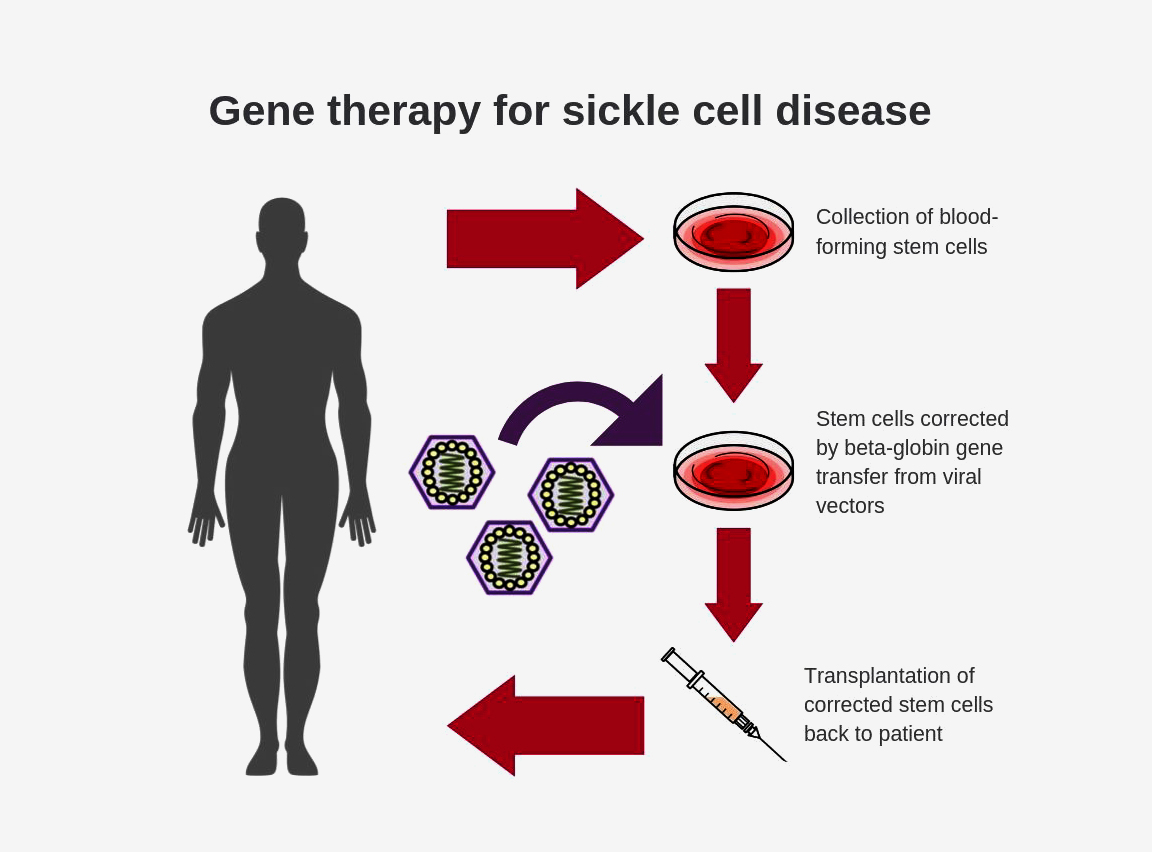


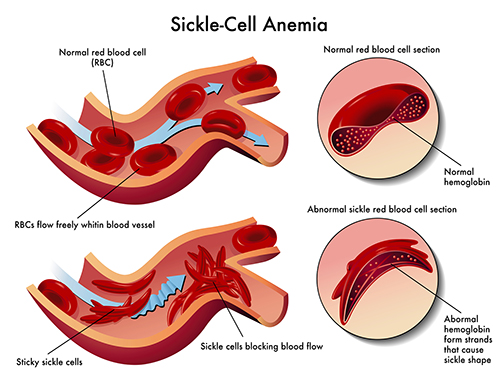





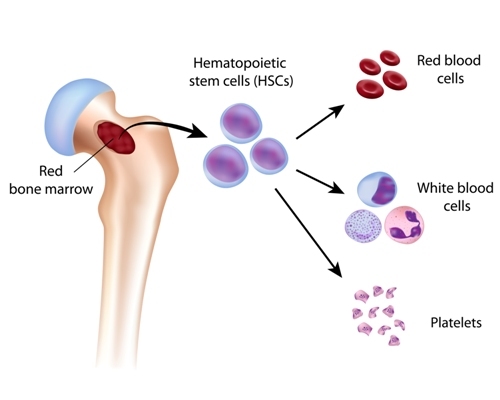




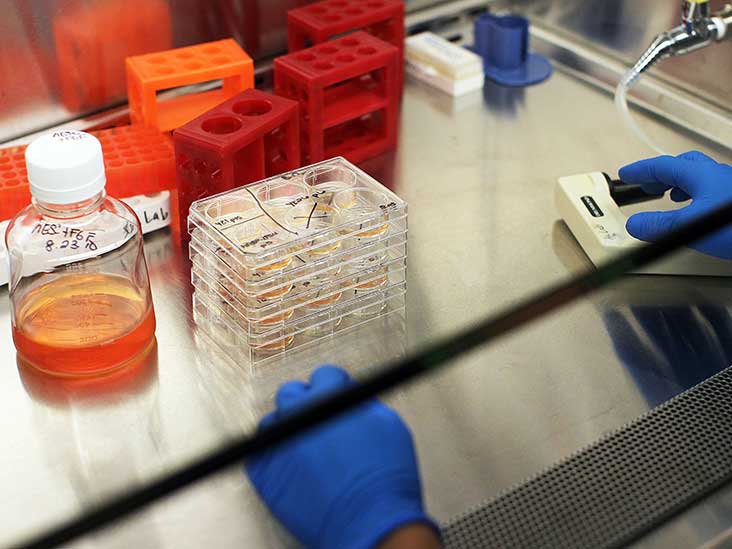
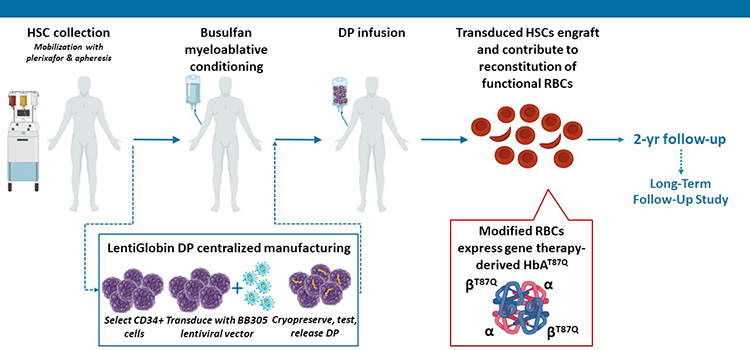



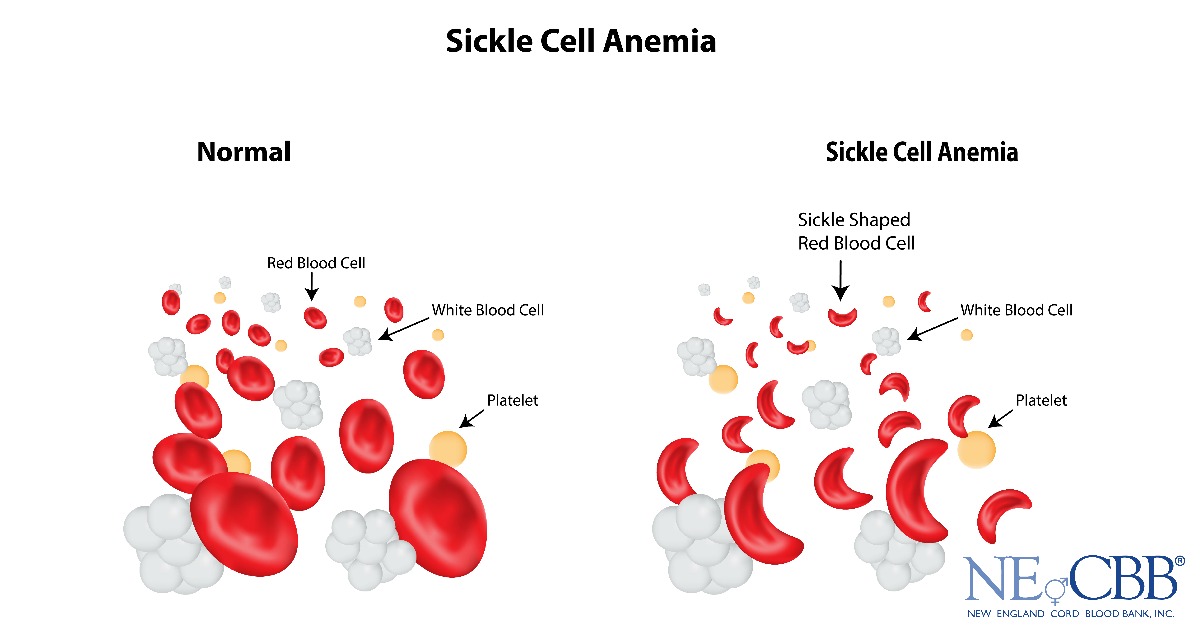





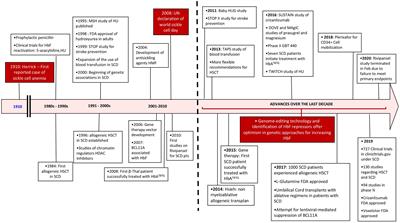









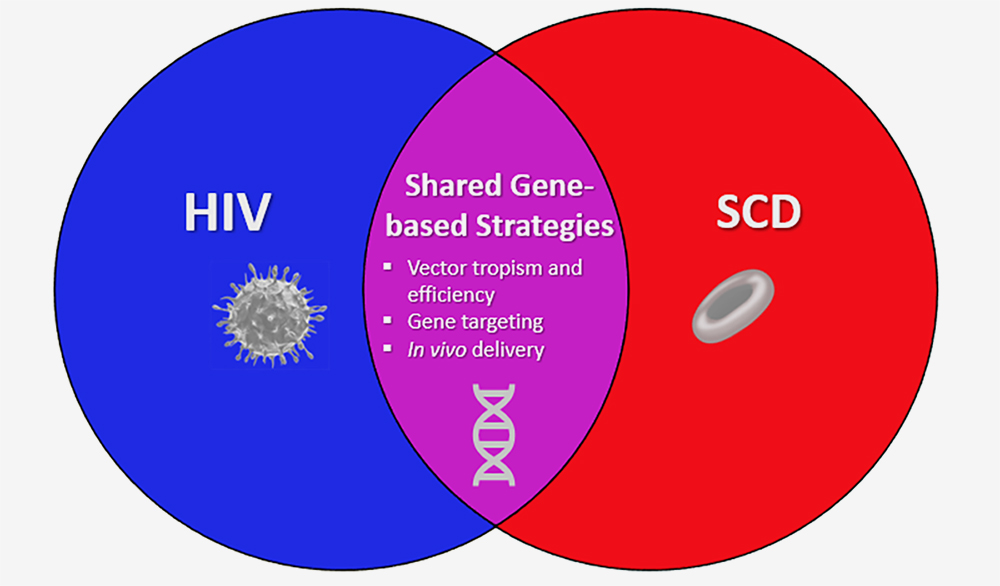
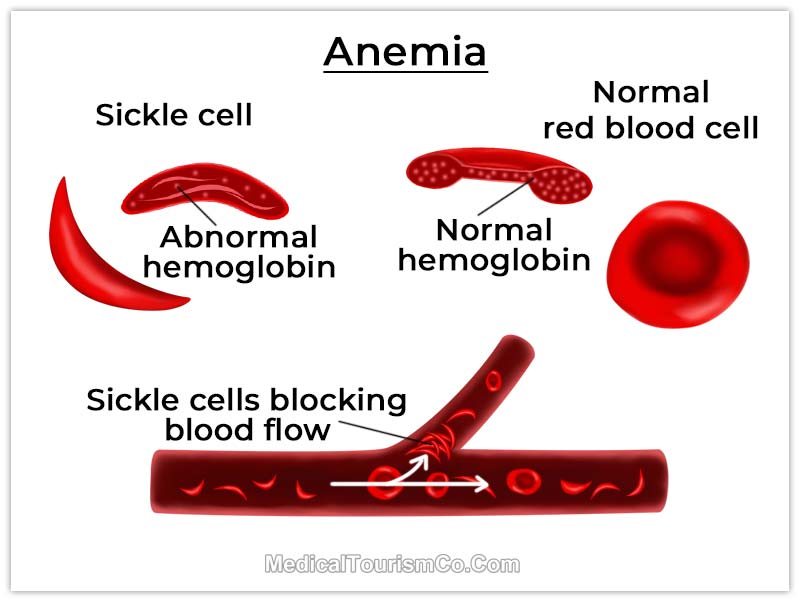




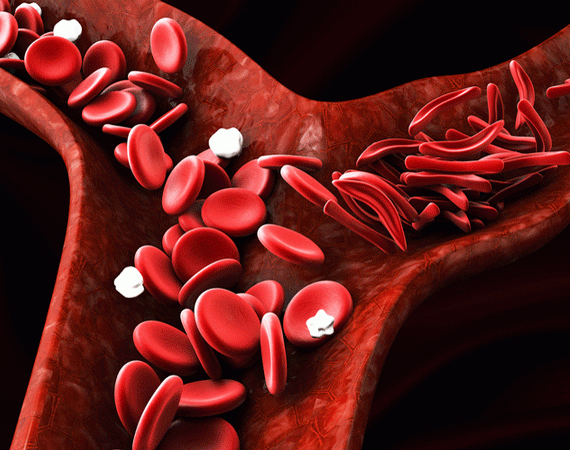


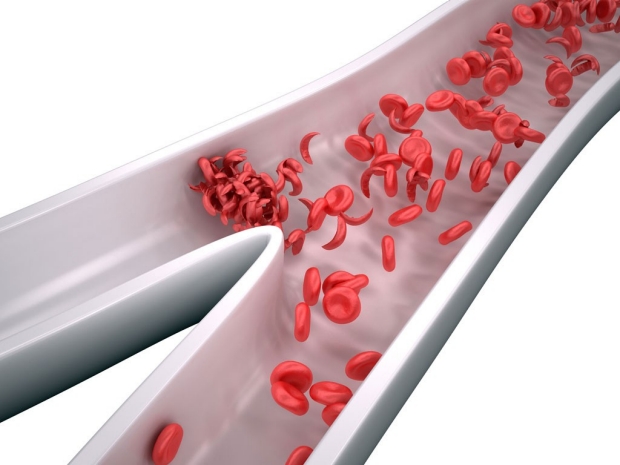
Posting Komentar untuk "Stem Cell Therapy For Sickle Cell Disease"